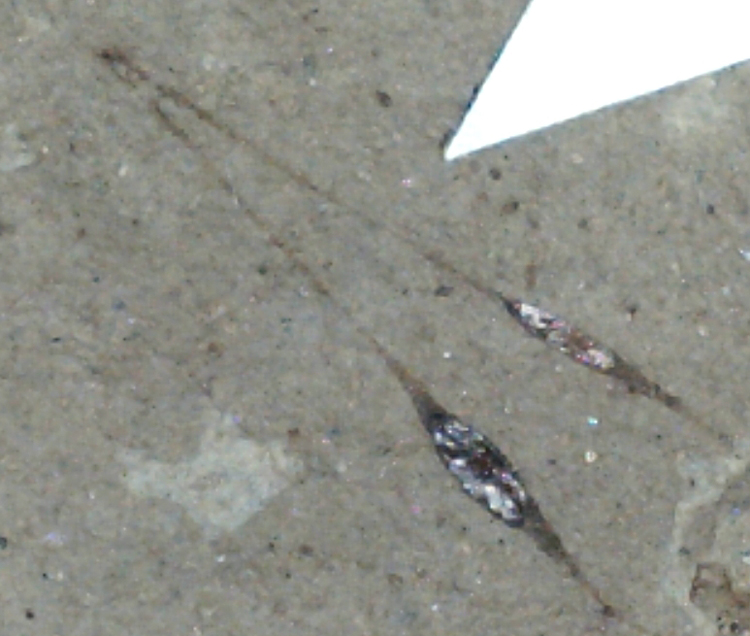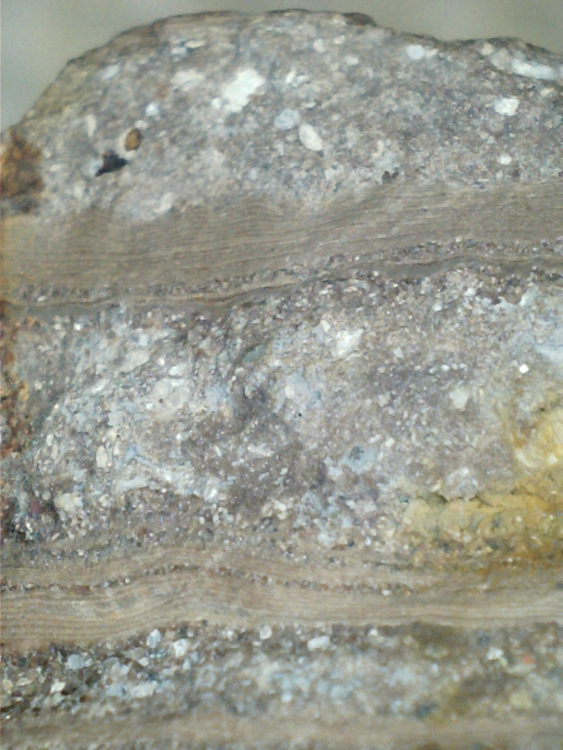Florissant Lake Beds, Teller County, CO

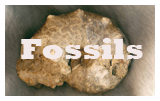

Ted Thatcher, an entomologist at Colorado State University, was kind enough to take a pimply high school student with his graduate students on trips to Florissant during the 1950s. These are the specimens I collected then and several return trips as an adult.
There are macro and micro views and most have two sides when the matrix broke across the fossil. The current thinking is that the lake beds are late Eocene to Oligocene.

-001.jpg)
-001.jpg)






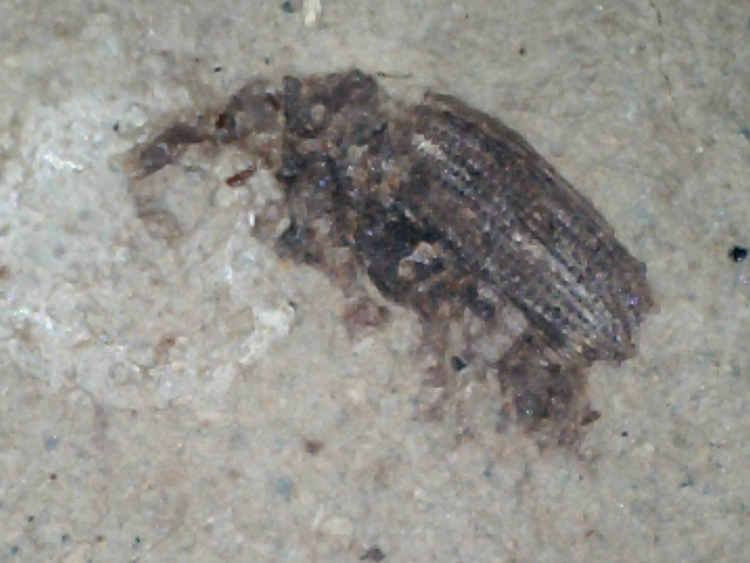






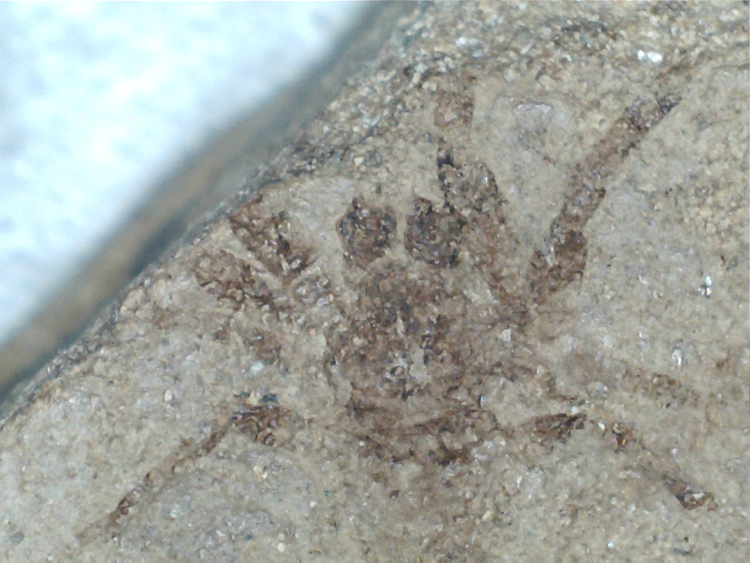
.jpg)









